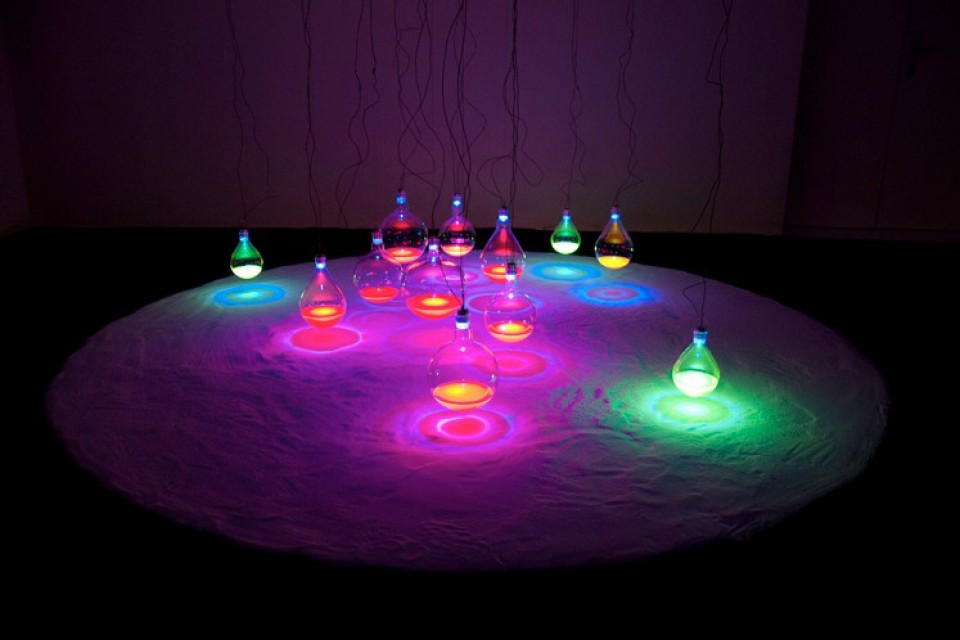

The TSL2561 is not a true luxmeter, but the manufacturer of the TSL2561 has characterized its output against professional equipment to come up with lux approximation equations. Lux is a very complex measurement to make because it involves both the human eye's response to color (frequency) and the concentration of that light (a flashlight will produce a higher lux value than the equivalent bare bulb). Like a camera, you can balance those measurements for the best results. These settings are similar to a camera one can change both the sensitivity, which is like an ASA film rating, and the integration time, which is like the shutter speed. The TSL2561 has features that allow it to handle this huge dynamic range. Real-world conditions can range from 0.0001 lux in starlight, to over 100,000 lux in direct sunlight. The human eye has a huge dynamic range, far more than most electronic sensors. Practically, lux is a measure of how bright any given illumination will appear to the human eye.

Technically, one lux is equal to one lumen per square meter. With a bit of math, the TSL2561 can output illumination in lux. Let's get started! What is lux? (Baby don't hurt me.) This hookup guide will explain what this sensor does and how you can use it in your projects.

Because the TSL2561 is an integrating sensor (it soaks up light for a predetermined amount of time), it is capable of measuring both very small and very large amounts of light. Unlike simpler sensors, like photoresistors and photodiodes, the TSL2561 incorporates both infrared and visible light sensors to better approximate the response of the human eye. The TSL2561 is an inexpensive, yet sophisticated, light sensor.


 0 kommentar(er)
0 kommentar(er)
